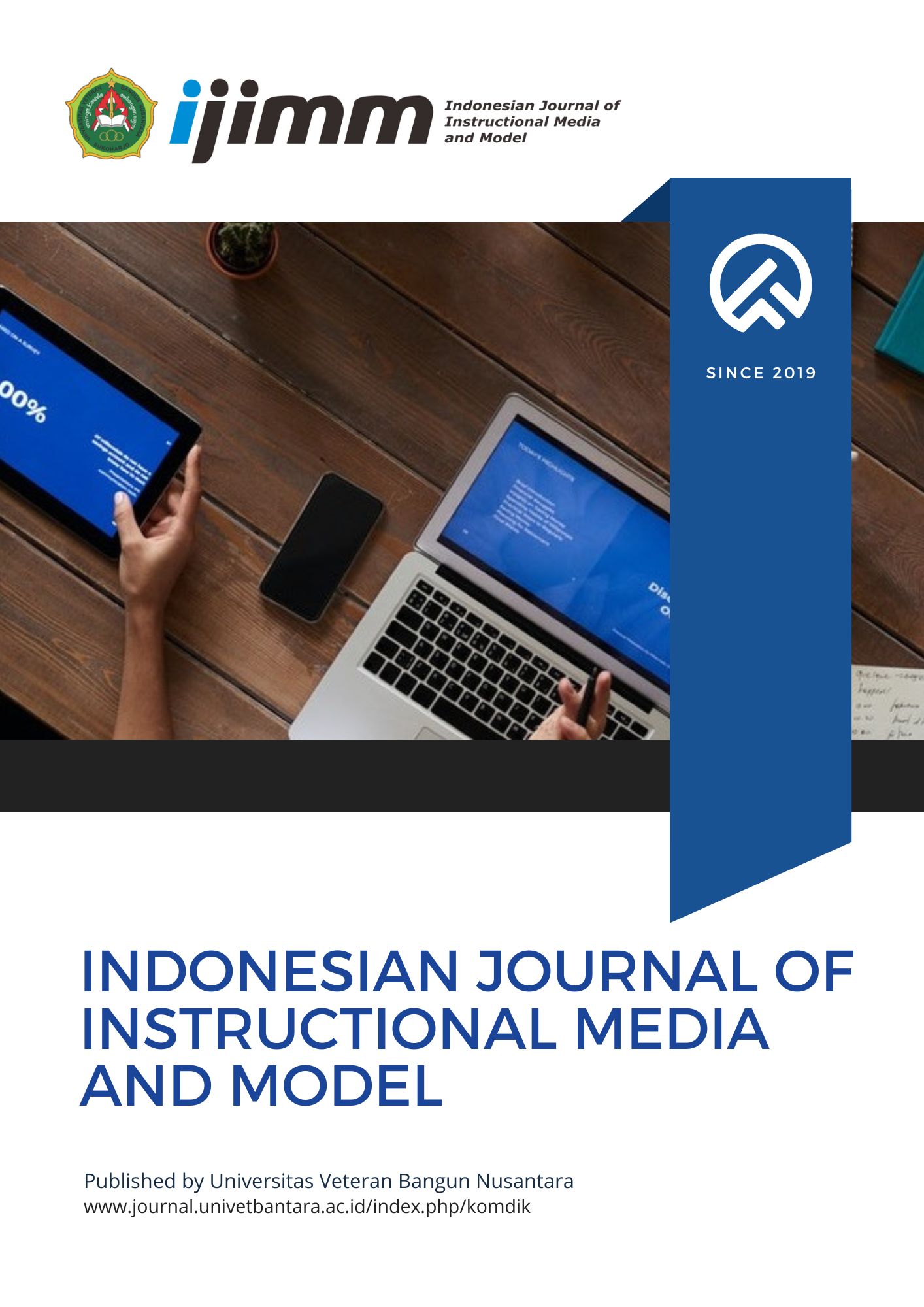Integrating 21st-Century Skills into Instructional Materials for Sustainable Education
DOI:
https://doi.org/10.32585/ijimm.v6i2.5934Abstract
As transmitters of competencies, instructional materials or teaching and learning materials (TLM) ensure that quality education transpires among learners. As education and learners evolve, the use of diversified, interactive, flexible, inclusive, and learner-centered instructional materials is becoming more and more relevant. With that in mind, the present study determines the perceptions of educators in various academic institutions on the needed 21st-century skills in developing instructional materials for learners to sustain high-quality instructional practice. It uses the descriptive survey design of quantitative research to survey key information about 39 purposively selected educators in various provinces in the Philippines who responded to a structured questionnaire, wherein the results are treated using descriptive statistics. The findings underscore the need to integrate a broad range of 21st-century skills into instructional materials to prepare learners for modern complexities. Based on expert educators' insights, this study offers a comprehensive list of instructional materials for such integration and highlights the importance of educators' proficiency in selecting and utilizing these materials. Future research can explore the effectiveness of innovative instructional materials in cultivating these skills.
Downloads
Downloads
Published
How to Cite
Issue
Section
License
Copyright (c) 2024 Ryan Pecson, Joshua Sarmiento

This work is licensed under a Creative Commons Attribution-ShareAlike 4.0 International License.
Authors who publish with the Indonesian Journal of Instructional Media and Model agree to the following terms:
- Authors retain copyright and grant the journal the right of first publication with the work simultaneously licensed under a Creative Commons Attribution License (CC BY-SA 4.0) that allows others to share the work with an acknowledgment of the work's authorship and initial publication in this journal.
- Authors are able to enter into separate, additional contractual arrangements for the non-exclusive distribution of the journal's published version of the work (e.g., post it to an institutional repository or publish it in a book), with an acknowledgment of its initial publication in this journal.
- Authors are permitted and encouraged to post their work online (e.g., in institutional repositories or on their website) prior to and during the submission process, as it can lead to productive exchanges, as well as earlier and greater citation of published work.





